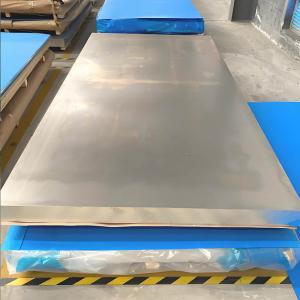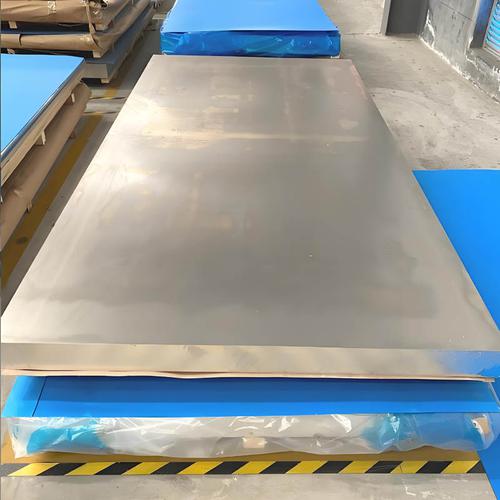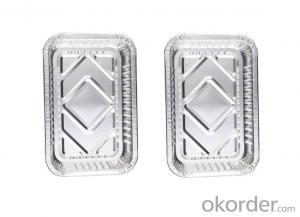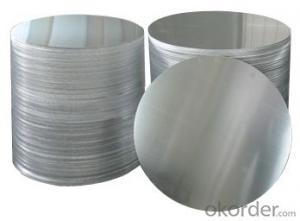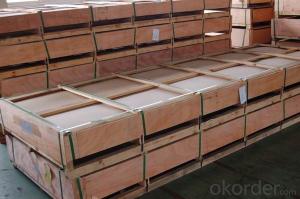High quality 5083 H116/H321/H112 aluminum plates for ships, DNV/CCS certified sheets
- Loading Port:
- Qingdao
- Payment Terms:
- TT OR LC
- Min Order Qty:
- 1 T
- Supply Capability:
- 200 T/month
OKorder Service Pledge
OKorder Financial Service
You Might Also Like
Specification
Product information:
5083 aluminum alloy belongs to the Al-Mg series of rust-proof aluminum alloys, which has strong resistance to seawater corrosion and good weldability and machinability. Among them, 5083 aluminum plates in H116, H321 and H112 states are widely used in the shipbuilding industry due to their different processing technology and performance characteristics.
H116 state: After special heat treatment and anti-corrosion treatment, it is suitable for structural parts in seawater environment for a long time, such as hull and deck.
H321 state: Through stabilization treatment, it can maintain excellent stress corrosion resistance after welding, and is often used in marine engineering and high-end shipbuilding.
H112 state: suitable for processing scenarios that require high plasticity, such as ship frame structures and internal support components.
Advantages of marine 5083 aluminum plate:
1. Moderate strength: Good strength performance in non-heat-treatable alloys.
2. Good corrosion resistance: It is a typical rust-proof aluminum plate that can adapt to harsh marine environments.
3. Good weldability: Good welding crack resistance, and cracks are not easy to appear during welding.
4. Good cold working performance: Easy to perform various cold working operations.
5. Low density: It can reduce the weight of the ship plate, save energy consumption, and increase the load.

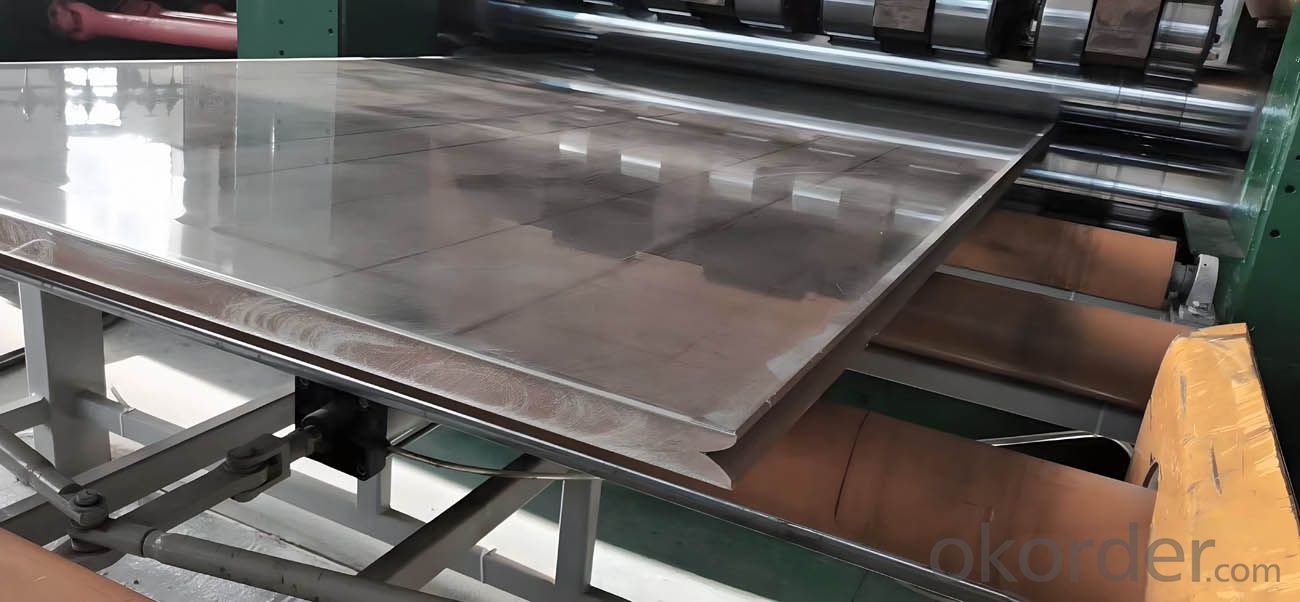
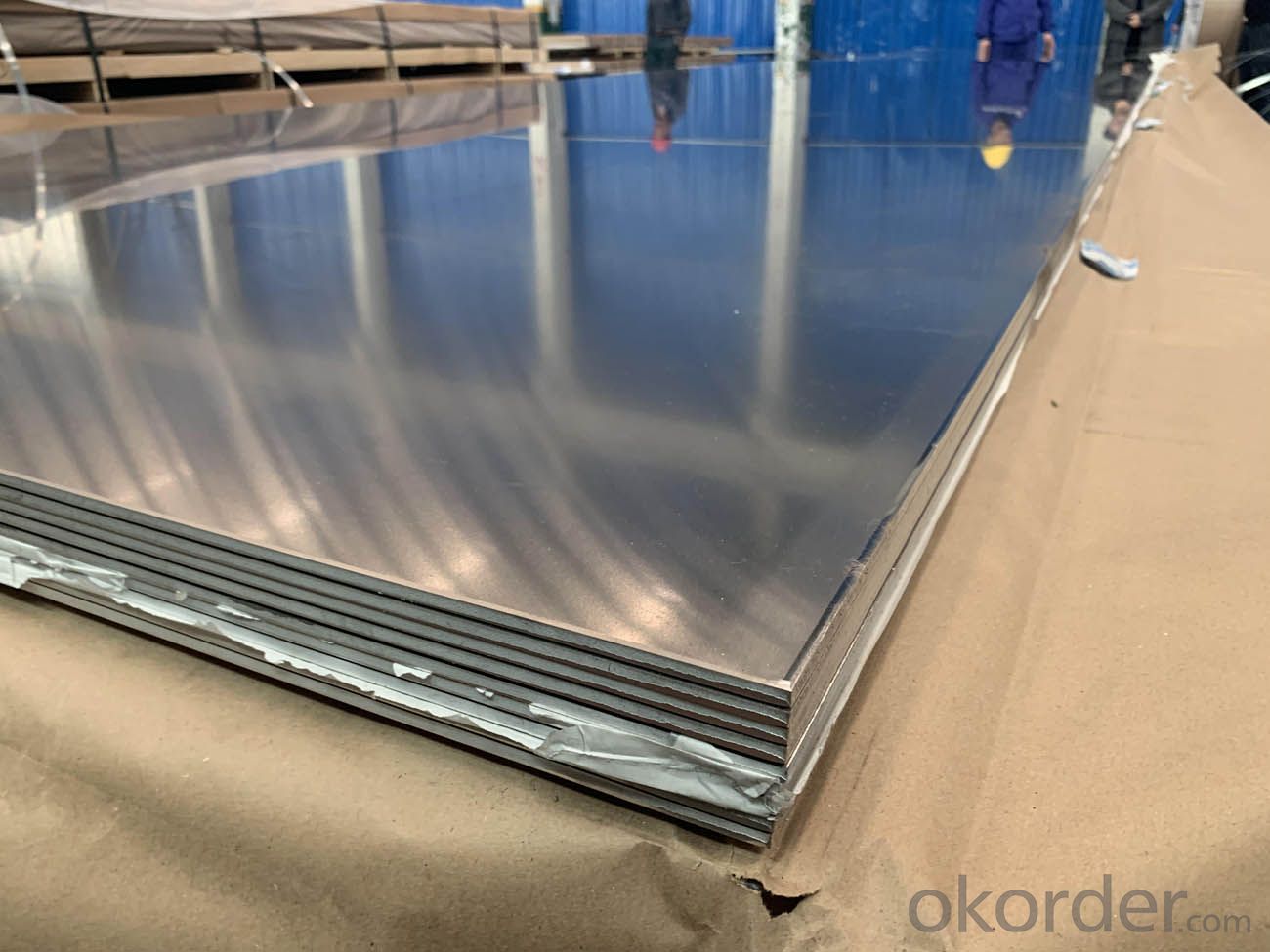
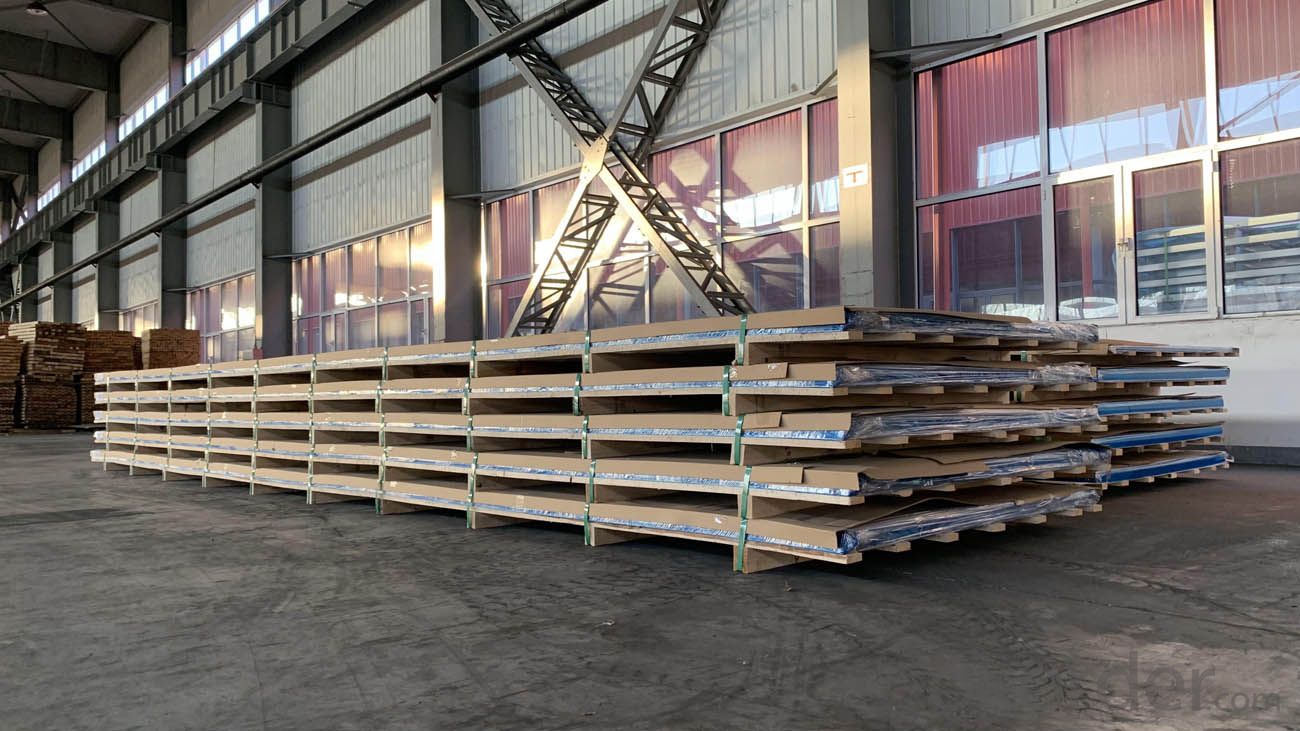
Parameters:
| Alloy | 5083 |
| Temper | O-H112 |
| Thickness | 3-50mm |
| Width | 100-2650mm |
| Length | 1000-16000mm |
| Packing | Seaworthy wooden pallet. |
| MOQ | 1 tons |
Application of 5083 marine grade aluminum plate in ships:
1. Shipbuilding deck: used to construct the deck part of the ship, providing sufficient strength and corrosion resistance.
2. Engine pedestal: key parts to support and fix the engine, requiring the material to have high strength and good weldability.
3. Side and bottom outer plates: these parts are in contact with seawater for a long time, requiring the material to have excellent corrosion resistance.
DNV/CCS certified plates
DNV certification: DNV (Det Norske Veritas) is an internationally renowned classification society, and its certification indicates that the plates meet international maritime standards and specifications.
CCS certification: CCS (China Classification Society) is the China Classification Society, and its certification indicates that the plates meet the relevant requirements and standards of the China Maritime Safety Administration.
5083 H116/H321/H112 aluminum plates are DNV/CCS certified, which means that these plates have passed rigorous testing and audits, meet international and domestic maritime standards, and are suitable for shipbuilding.
Packaging and transportation
(1) Standard seaworthy export packaging, wooden pallet, plastic protection;
(2) 16-20MT can be loaded into a 20-foot container
(3) The packaging is very strong, with 3 layers, thick fiberboard, foam, plastic, and enough desiccant.
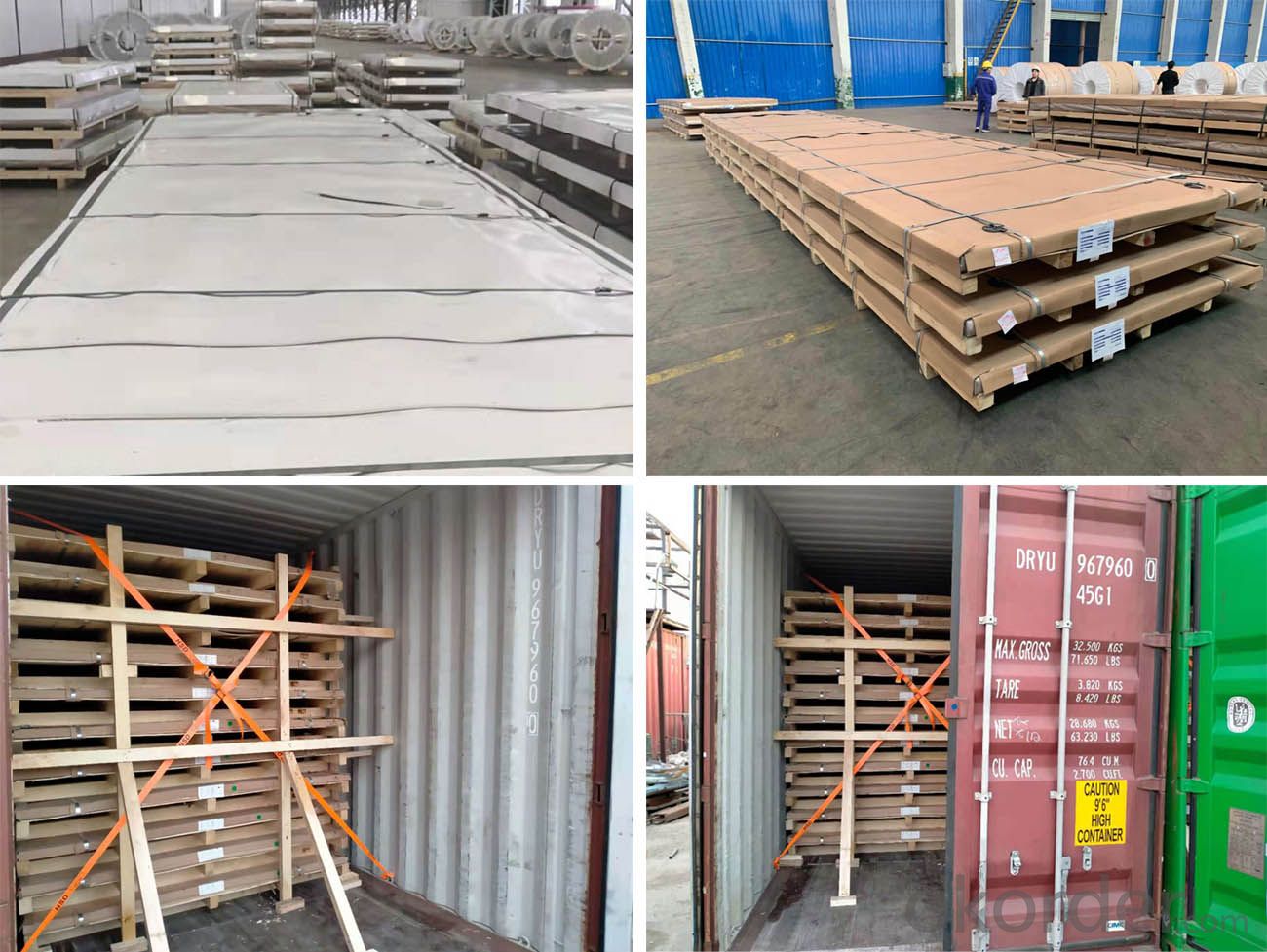
Company information:
Our company is a professional aluminum processing manufacturer located in Zhengzhou, Henan, mainly producing 1 series, 3 series, 5 series, 6 series, 8 series pure aluminum and aluminum alloy sheet, strip and foil products.
We specialize in the production of aluminum plates, aluminum alloy plates, aluminum foils, aluminum strips, aluminum discs, etc. The alloys include 1050, 1100, 3003, 3104, 5052, 5086, 5754, 6061, 6063, 6082, 7075, 8011, 8021, etc., which are used to produce marine aluminum plates, aluminum profiles, aluminum discs for cookware, PTP aluminum foil, aluminum foil for lunch boxes, aluminum sealing plates for Ropp lids, medical PVC films, aluminum-plastic packaging, etc. The products are at preferential prices, sold directly by the manufacturer, exported overseas, and free samples are provided.
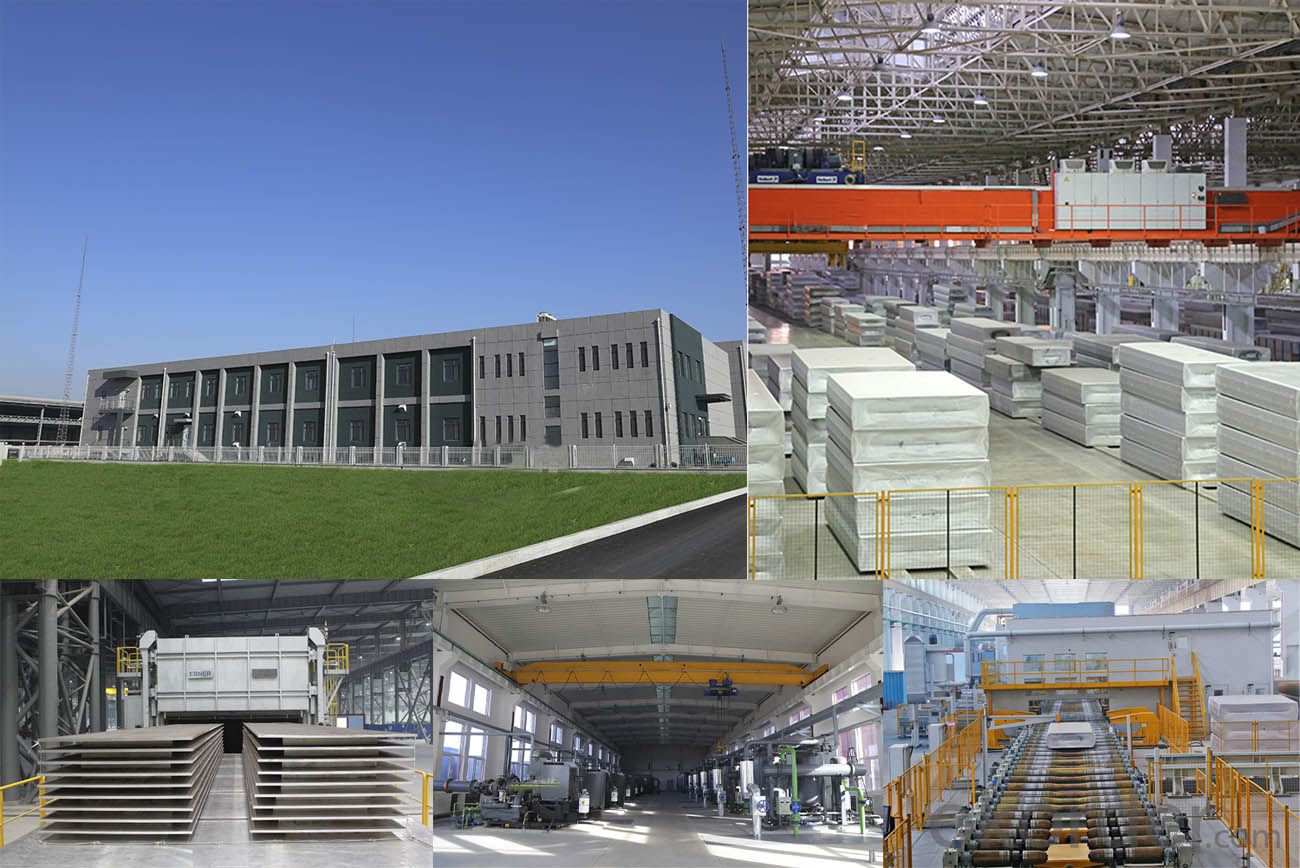
Faq:
Q1: How to ensure the quality?
A1: Factory test certification is provided with shipment, third-party inspection is available
Q2. What are the main products of your company?
A2: Our main products are aluminum, aluminum plate, aluminum foil, aluminum strip, patterned plate, automotive plate, marine grade aluminum plate, household foil, hydrophilic aluminum foil, bottle cap material, PVC hard sheet, pvc/pvdc composite hard sheet, aluminum-plastic blister packaging, etc.
Q3: Where is your factory located?
A3: Our company's processing center is located in Xin'an Industrial Assemble Region, Luoyang, Henan Province, China
Q4: What are the advantages of your company?
A4: We have many professionals, technicians, more competitive prices and best after-sales service than other companies.
- Q: I have an aluminum block engine in my wakeboard boat which is built for the lakes, now i live on salt water and was wondering the effect saltwater would have on the engine block as water goes through to cool it.
- Munch Munch better flush when done.
- Q: need help choosing an aluminum welder at a descent price also
- What okorder /
- Q: Are the aluminum sheets suitable for manufacturing lightweight structures?
- Yes, aluminum sheets are highly suitable for manufacturing lightweight structures. Aluminum is known for its low density, making it one of the lightest metals available. This characteristic makes aluminum sheets an excellent choice for various applications where weight reduction is a priority, such as aerospace, automotive, and construction industries. Additionally, aluminum has a high strength-to-weight ratio, meaning it can withstand significant loads while still remaining lightweight. Furthermore, aluminum sheets offer excellent corrosion resistance, making them suitable for outdoor and marine applications. Overall, the combination of its lightness, strength, and durability makes aluminum sheets a preferred choice for manufacturing lightweight structures.
- Q: This question asks about the various types of paint that can be used specifically for aluminum sheets, indicating an interest in paint compatibility and options for this particular material.
- <p>There are several types of paints suitable for aluminum sheets, each offering unique properties. These include: 1. Acrylic Paints - Water-based, easy to apply, and offer good adhesion. 2. Epoxy Paints - Known for their durability and chemical resistance, they provide a strong bond to the metal. 3. Enamel Paints - Provide a hard, glossy finish and are resistant to chipping and scratching. 4. Polyester Paints - Offer excellent durability and UV resistance, making them suitable for exterior applications. 5. Powder Coatings - Applied electrostatically, they provide a tough, scratch-resistant finish. 6. Specialty Paints - Such as heat-resistant or anti-corrosive paints, designed for specific industrial applications. The choice of paint depends on the application, desired finish, and environmental conditions.</p>
- Q: What are the common applications of aluminum sheets?
- Aluminum sheets are commonly used in various applications such as construction, automotive, aerospace, packaging, and electrical industries. They are used for making lightweight structures, including building facades, roofing, and cladding. In the automotive sector, aluminum sheets are used for manufacturing vehicle bodies and parts due to their high strength-to-weight ratio. They are also utilized in aircraft manufacturing for their low density and corrosion resistance. Additionally, aluminum sheets are popular in packaging as they are lightweight and can be easily formed into different shapes. In the electrical industry, they are used for wiring and conductors due to their excellent conductivity properties.
- Q: This question asks for a comparison of the pros and cons of using aluminum sheets as a material for exterior walls in construction.
- <p>Aluminum sheets for exterior walls offer several advantages, including durability, low maintenance, and resistance to corrosion and weathering. They are lightweight, which can reduce the load on structures, and are recyclable, contributing to sustainability. Additionally, aluminum sheets can be easily shaped and painted, offering design flexibility. However, they have some disadvantages, such as being a poor insulator, which may require additional insulation for energy efficiency. They can also dent or scratch easily and may require more frequent replacement due to their lower resistance to impacts compared to materials like stone or brick. Furthermore, while they reflect heat well, they can also conduct cold, potentially leading to issues in extreme temperature conditions.</p>
- Q: Can the aluminum sheets be used for manufacturing architectural sunshades?
- Yes, aluminum sheets can be used for manufacturing architectural sunshades. Aluminum is a popular material choice for sunshades due to its lightweight nature, durability, and resistance to corrosion. It can be easily fabricated into different shapes and sizes, allowing for flexibility in design. Additionally, aluminum has excellent heat reflectivity properties, making it effective in reducing solar heat gain and providing shade to buildings. Overall, aluminum sheets are a suitable material for manufacturing architectural sunshades.
- Q: On the web page to see more information on the plating aluminum plate, I do not know what is the difference between aluminized and aluminum plating performance?
- Brief introduction of hot dip aluminizing of steelHot dip aluminizing of steel is a new type of coating process for forming alloy aluminum layer on the surface of steel when molten steel products are inserted into molten aluminum liquid at a certain temperature.Hot dipped aluminized steel has high strength of steel matrix and corrosion resistance, wear resistance and high temperature resistance of aluminum layer. Its corrosion resistance is 5-10 times that of galvanized steel; it is resistant to sulfide and heat corrosion. Its performance is better than 18-8 stainless steel. Therefore, it can bring obvious economic benefits to users.
- Q: Can aluminum sheet be used for electrical enclosures?
- Yes, aluminum sheet can be used for electrical enclosures. Aluminum is a popular choice for electrical enclosures due to its excellent conductivity, lightweight nature, and corrosion resistance. It provides effective shielding against electromagnetic interference and offers good heat dissipation properties. Additionally, aluminum is easily formable, allowing for the creation of complex shapes and designs. Overall, aluminum sheet is a suitable material for electrical enclosures and is commonly used in various industries including electronics, telecommunications, and power distribution.
- Q: What are the different methods of heat treating aluminum sheet?
- Aluminum sheet can undergo various heat treatment methods, each serving a specific purpose and achieving desired outcomes. Some commonly used methods include the following: 1. Solution Heat Treatment: The aluminum sheet is heated to a specific temperature, typically ranging from 900-1000°F (480-540°C), and kept at that temperature for a designated duration. This process aids in dissolving any soluble alloying elements present in the aluminum, resulting in a more uniform structure. 2. Quenching: Following the solution heat treatment, the aluminum sheet is rapidly cooled by immersing it in water, oil, or air. This rapid cooling helps retain the desired microstructure and properties, such as increased strength and hardness. 3. Aging: After quenching, the aluminum sheet undergoes an aging process. It is heated to a lower temperature, typically between 250-450°F (120-230°C), and maintained at that temperature for a specific period. This allows for the precipitation of fine particles within the aluminum, further enhancing its strength and hardness. 4. Precipitation Hardening: This method is specifically employed for certain aluminum alloys, such as the 2000 and 7000 series, which respond well to precipitation hardening. It involves a combination of solution heat treatment, quenching, and aging, resulting in a highly strengthened and durable aluminum sheet. 5. Annealing: Annealing is a heat treatment process that aims to soften the aluminum sheet and relieve any internal stresses. The sheet is heated to a specific temperature, typically around 600-700°F (315-370°C), and then slowly cooled. This enhances the formability and machinability of the aluminum. 6. Stress Relieving: Similar to annealing, stress relieving is specifically used to reduce residual stresses in the aluminum sheet after fabrication. The sheet is heated to a temperature below its annealing temperature and then slowly cooled. The choice of heat treatment method for aluminum sheet depends on the desired properties, alloy composition, and intended application. Each method offers unique advantages and can significantly enhance the mechanical and physical properties of the aluminum sheet.
Send your message to us
High quality 5083 H116/H321/H112 aluminum plates for ships, DNV/CCS certified sheets
- Loading Port:
- Qingdao
- Payment Terms:
- TT OR LC
- Min Order Qty:
- 1 T
- Supply Capability:
- 200 T/month
OKorder Service Pledge
OKorder Financial Service
Similar products
Hot products
Related keywords
